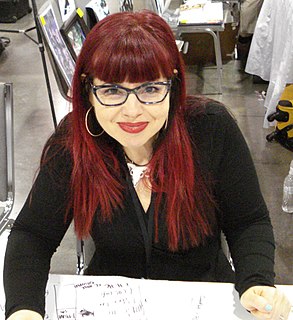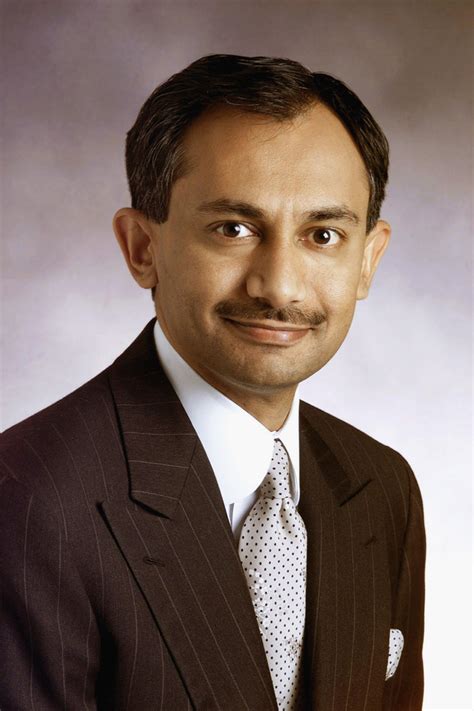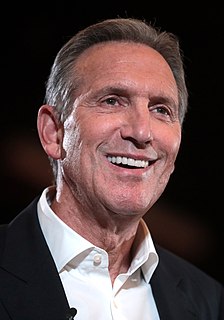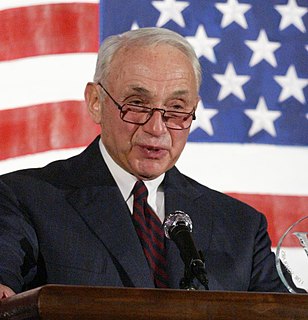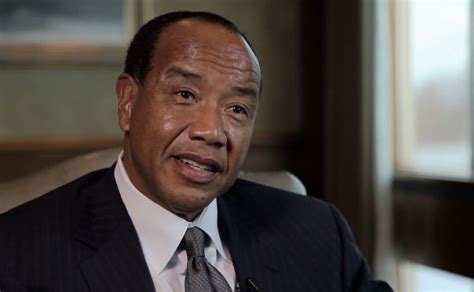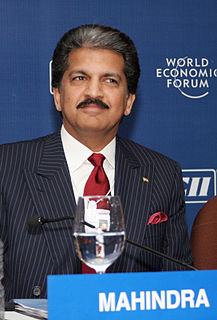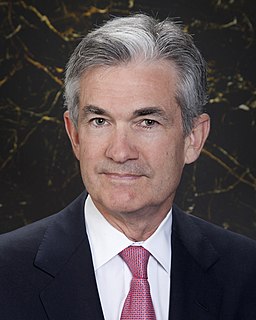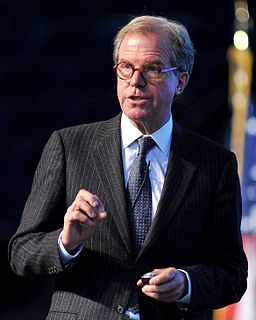A Quote by Barbara Bund
The outside-in discipline requires that you have an explicit customer-based reason for everything you do in the marketplace. Managers need to create what I call "customer pictures," verbal descriptions of customers that highlight the key customer characteristics and make those customers come alive. Although managers never know as much about customers as they want and need to know, the outside-in discipline requires that they construct customer pictures anyway, basing the pictures on whatever hard data they have plus hypotheses and intuition.
Quote Topics
About
Alive
Although
Anyway
Based
Call
Characteristics
Come
Construct
Create
Customer
Customers
Data
Descriptions
Discipline
Everything
Explicit
Hard
Highlight
Hypotheses
Intuition
Key
Know
Make
Managers
Marketplace
Much
Need
Never
Outside
Pictures
Plus
Reason
Reason For Everything
Requires
Those
Verbal
Want
Whatever
Related Quotes
The decision-makers should communicate the customer pictures and the logic of the strategies and actions. That communication allows employees throughout the organization to implement the strategies and actions, tweaking them appropriately in response to variations in the marketplace. It also allows employees to recognize information in the marketplace that contradicts the customer pictures, either because the pictures were not entirely correct or because customers have changed.
Often, very talented technical people find it extraordinarily difficult to take the viewpoint of customers, who are often ignorant about the technology and who may have strong and perhaps incorrect prejudices about it. The technical people may believe, deep down, that they know better what customers "should" need. Customers, of course, have a different perspective. They want products that will solve customer problems and provide other customer benefits, and will do so without undue risk or cost. Not infrequently, customers view advanced technology itself as a risk.
Often people say they can't base their strategies on customers because customers make unreasonable requests and because customers vary too much. Such opinions reveal serious misconceptions. The truly outside-in company definitely does not try to serve all the needs of its customers. Instead, its managers are clear about what their organization can and should do for customers, and whatever they do they do well. They focus.
The customer wants what the customer wants - when they want it, where they want it, and how they want it. And if you want to build a big business, and you want to be meaningful to a big, broad group of customers, you need to think about how you're going to meet them in the various places where they might expect to see you.
My view is that everything begins with the customer. If you know the customer, then you can match the merchandise and then you can market it. The marketing is kind of the icing. The foundation is the cake. That's the merchandise. Then the question is, "Do the customers want cake, or do they want cupcakes or donuts. What is it?"
I'm making a case against how money managers are handling customers' money. The objective of the customer is not being met if the fund managers are diversifying their assets into hundreds of businesses. If they do this, they are typically performing close to the indexes. But that's not the way wealth is created.
Downey Savings & Loan receives high ratings from its customers in California in areas related to personal service and for being customer focused. Downey customers are also twice as likely to visit a branch as their primary transaction method, which contributes to higher overall satisfaction levels. Multiple convenient locations and extended operating hours in supermarkets positively increase customer perceptions of convenience for Downey.

